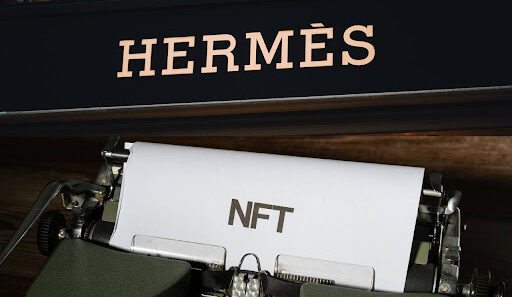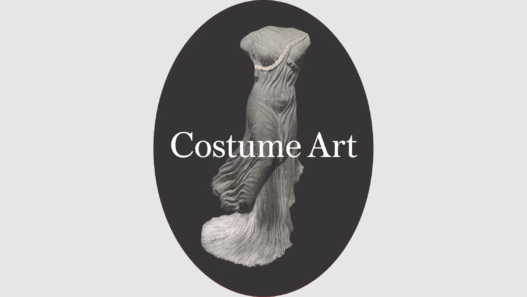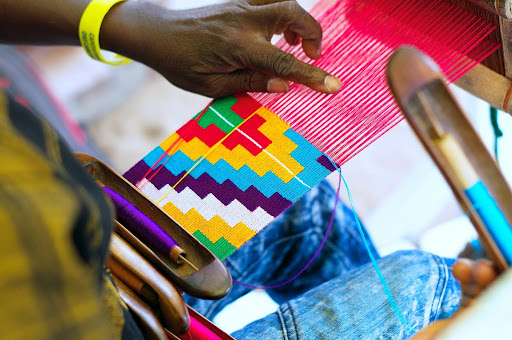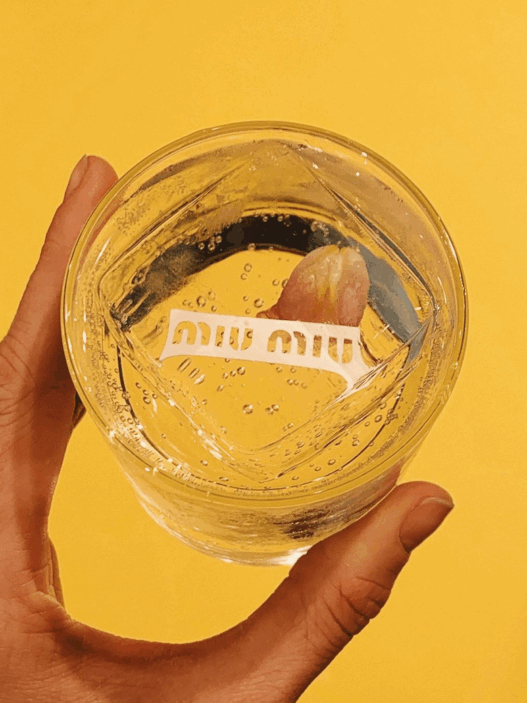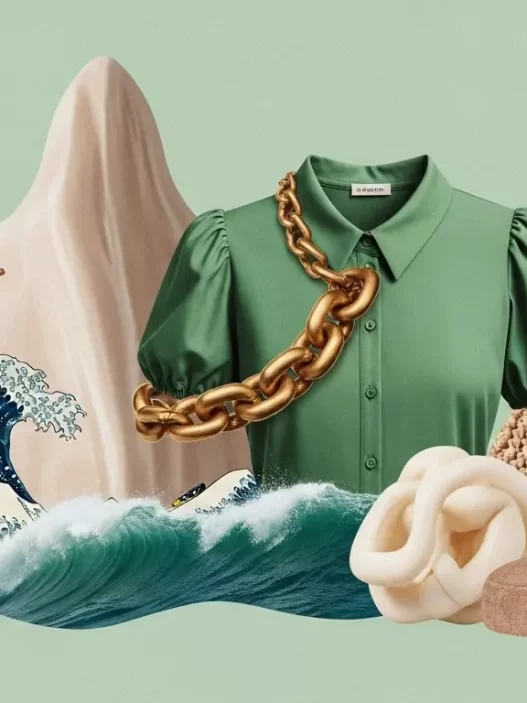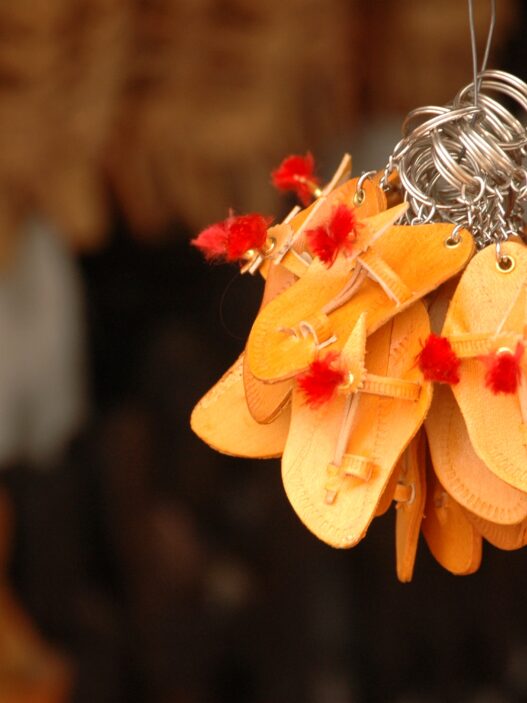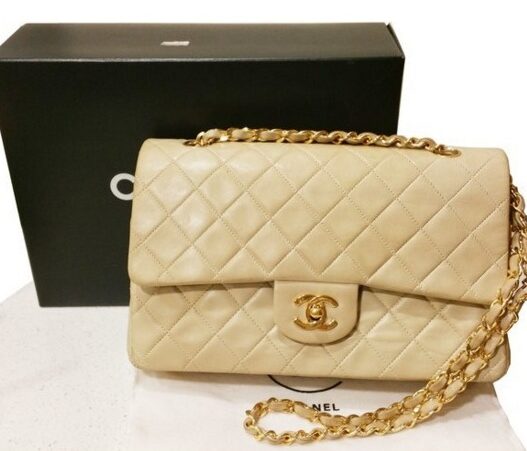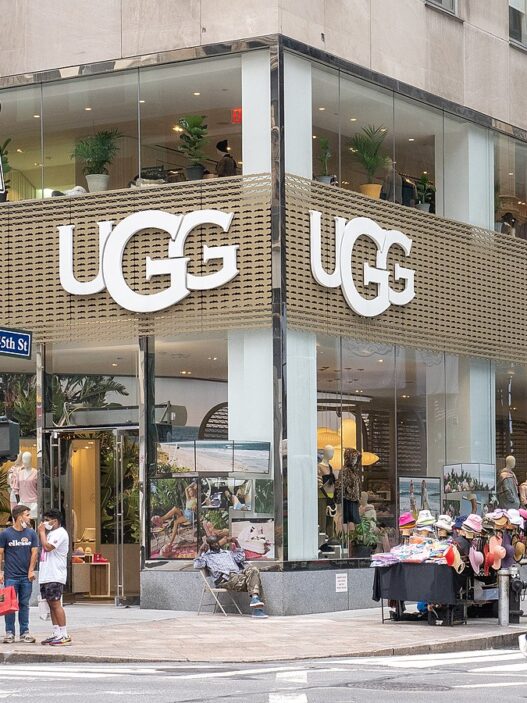Walking through the aisles of a fashion week show in Lagos or Johannesburg, you now regularly spot aso-oke skirts, raffia-woven clutches, and bold kente wraps alongside Milan and Paris collections. These aren’t mere decorative accents; they represent a shift where African-rooted textiles move from inspiration to protected asset. For legal professionals working in fashion, the question is no longer “What does this fabric look like?” but “Who owns its story, and how is it safeguarded?”
Redefining Authenticity: Kente and the First Geographical Indication

On September 30, 2025, Ghana made global fashion law history by granting GI (Geographical Indication) status to kente, the iconic hand-woven cloth of the Ashanti region. This means only textiles produced in specific communities like Bonwire or Adanwomase may legally be called “kente.” By placing this textile alongside Champagne or Darjeeling tea in terms of legally recognised origin control, Ghana has turned cultural heritage into a form of intellectual property with commercial leverage.
For international brands that have long borrowed kente motifs, this protection changes the calculus. The pattern is no longer simply “in the aesthetic,” it is now a sovereign product. Designers, lawyers and brand strategists must ask: which look-alikes invite liability, and which must be excluded or licensed?
Raffia and the Return to Authentic Fibers

Across Africa, a quiet renaissance is unfolding around natural, locally sourced fibers. When Congolese bride Julia Otto Mbongo chose a handcrafted raffia gown for her traditional wedding, designed by Ivorian couturier Ibrahim Fernandez, she described it as “a story, far more than a garment, it’s my heritage.” In that one gesture, raffia moved from fabric to manifesto: a material rooted in African land and spirituality, carrying the “breath of our ancestors,” as Mbongo put it in her BellaNaija interview.
Raffia’s resurgence marks a broader reorientation toward authenticity. Unlike wax print, introduced to West Africa through Dutch trade routes in the nineteenth century, raffia is indigenous, woven from palm fibers cultivated and processed across West, Central Africa and Madagascar. Both materials hold deep social meaning, but only raffia embodies a return to ancestral authorship, a textile narrative fully owned by the continent.
This revival isn’t limited to weddings. Increasingly, African designers and artisans are integrating raffia, aso-oke, and other handwoven materials into collections showcased at Lagos, Dakar, and Accra Fashion Weeks, signaling that the continent’s most “traditional” crafts are also its most forward-looking. Yet their growing visibility raises legal questions.
So far, only Ghana’s Kente cloth has received Geographical Indication (GI) protection, granting exclusive rights to producers from defined regions such as Bonwire. Raffia, aso-oke, and other fibers lack such formal recognition, though some Nigerian textile houses have turned to copyright or collective trademarks to protect their designs. These measures are partial, as Western legal frameworks often struggle to adapt to the communal and evolving nature of traditional craftsmanship.
Still, the shift is unmistakable. As African fabrics gain visibility on luxury runways and social media feeds, they transition from “inspiration” to intellectual property assets. The challenge ahead lies in ensuring that the economic value they generate aligns with their cultural origins; a task where law, design, and heritage must finally weave together.
Design Appropriation or Shared Inspiration?
One of the trickiest terrains for fashion law is the line between aesthetic inspiration and uncredited appropriation. For decades, major houses have mined African-inspired prints and motifs (wax-print, kente-inspired geometry, raffia textures) without necessarily crediting or compensating the original creators.
Yet as the textile heritage becomes legally embedded, the question of responsibility rises. Can a mass-market print inspired by bogolan cloth be exempt from licensing obligations? Are we entering an era where “African print” becomes a protected category and not a loosely borrowed graphic? Legal tools such as trade dress protection, communal IP and GI designations are increasingly relevant. Africa’s creative economies are no longer the passive source of motifs; they are active legal territory.
Fashion Weeks, Runways and Legal Momentum
Fashion Weeks in Lagos, Dakar and Johannesburg have become showcases not only for design talent but for jurisdictional innovation. Designers like Lisa Folawiyo, Maxhosa by Laduma and Loza Maléombho produce collections rooted in African textile heritage and showcase them internationally. The legal framework around their fabrics matters: are they protecting their prints under local design law? Are they enforcing export controls and licensing global usage?
As global media turn these textiles into “trend news,” the legal moment is now. Brands must ask: Is my source verifiable? Do I hold the rights to use this fabric or pattern? Am I merely copying, or am I co-creating with the heritage? For lawyers advising fashion houses, these are practical concerns with real risk.
The Path Ahead: From Craftsmen to Contracts
The story of kente’s GI status and raffia’s rising visibility signals a major shift: African textiles are claiming ownership, economic value and legal definition. For you as counsel, IP strategist or brand architect, here are key takeaways:
- Traceability matters: Provenance; who wove it, where, how, will increasingly be required for “heritage textiles.”
- Labeling & certification: GI and craft-certified fabrics will command premium value and require correct licensing.
- Collaborative contracts: Western houses working with African artisans must structure deals that recognise the IP of the fabric, the design and the community.
- Ethics meets enforceability: Token “African print” collections without legal structure risk reputational and legal consequences.
For so long, African textiles were admired, but rarely respected as legal subjects. With kente now recognized under a Geographical Indication and materials like raffia entering the conversation, the continent’s crafts are shifting from cultural appreciation to economic and legal agency. The loom villages of Ghana and artisan workshops across West Africa are no longer symbolic; they represent active sites of authorship and rights.
At the intersection of fashion and law, the key question has evolved from “Can we borrow their aesthetic?” to “Have we secured our right to use it?” In today’s luxury economy, heritage is not just inspiration; it’s an asset. And for those of us tracing Africa’s imprint on global fashion law, this is only the beginning of a new legal chapter.





